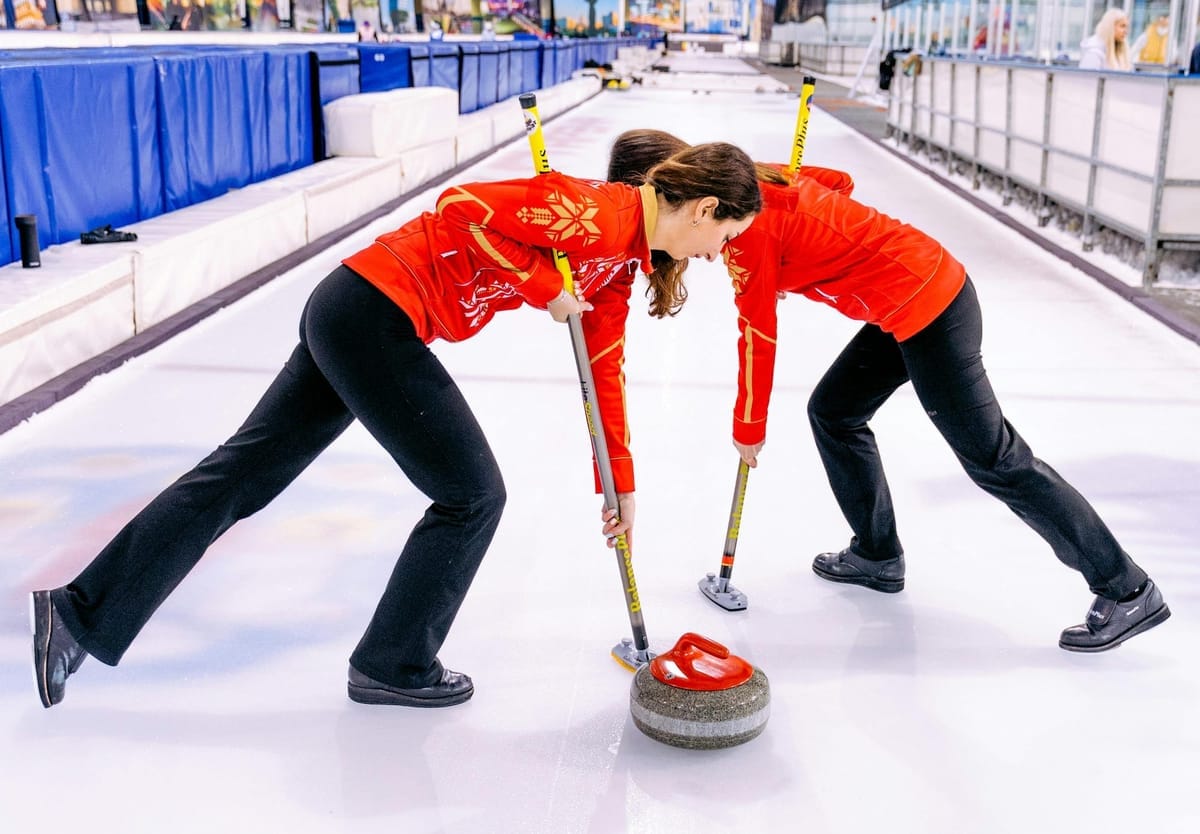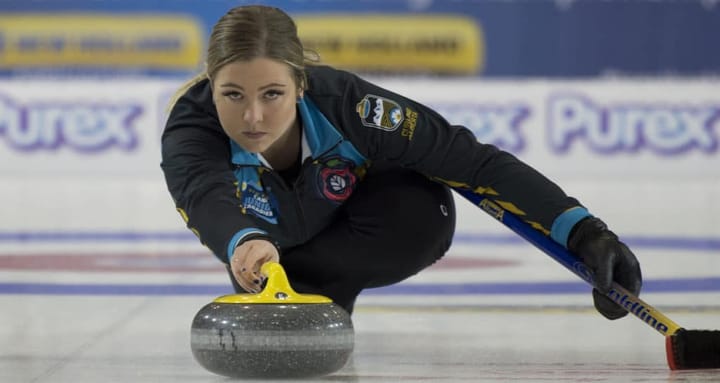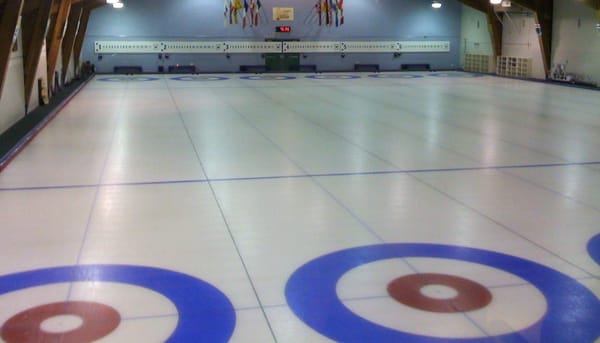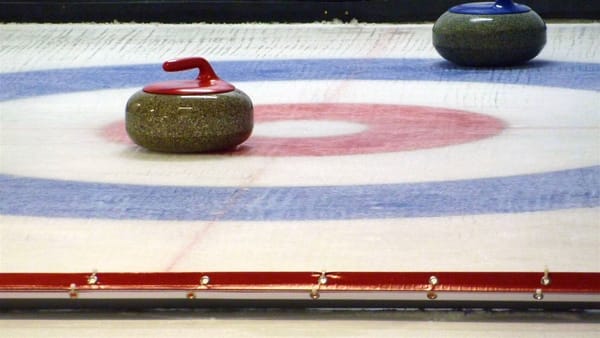The Four Horsemen of Curling Ice: Variables that Impact Ice Performance

Dedicated curlers and casual fans alike recognize that curling ice is far from simply frozen water. It is a carefully crafted playing surface, meticulously prepared to provide optimal conditions for the “roaring game.” Behind the scenes, ice technicians work tirelessly to control a complex interplay of factors that influence ice performance. This blog post will explore four key variables that ice technicians must master to ensure consistent and high-quality curling ice.
1. Ice Levelness: Keeping it True
Level ice is the bedrock of consistent rock behavior. If the surface is uneven, rocks will behave unpredictably, sometimes even curling against their intended rotation. This phenomenon, called “negative ice,” essentially turns the game into a crapshoot, as gravity, rather than the intended spin and sweeping, dictates the rock's path.
Achieving perfectly level ice is an elusive goal, but techniques like flooding and scraping can help minimize inconsistencies. Think of it like prepping a canvas for a masterpiece – a smooth, even surface is essential for the artistry of curling to unfold.
2. Ice Surface Temperature: The Goldilocks Zone
Ice temperature isn't about keeping the players comfortable – it's about creating the ideal friction between the rock and the ice, which dictates speed and curl. The sweet spot lies between 22.5 and 24.5 degrees Fahrenheit. Too cold, and the ice becomes slow and straight. Too warm, and it turns soft and slushy, making precise play impossible.
The challenge is that ice temperature is a moving target, constantly affected by heat loads from lights, players, and even the building's heating system. A savvy ice technician understands these dynamics and makes adjustments to minimize temperature swings. They also need to anticipate how the ice will evolve throughout a game, as pebble wear and other factors come into play.
3. Ice Surface Moisture: The Unseen Enemy
Moisture is a double-edged sword. A little bit is necessary for the frictional melting that enables the rocks to curl. Too much, however, and it's game over. Excess moisture condenses on the surface, forming frost. This frost increases friction, slows down the rocks, and inhibits curl.
Controlling humidity is key. Ice technicians aim for a dew point just above the ice surface temperature to prevent both frost formation and sublimation (the process of ice turning directly into vapour). Dry air, achieved through dehumidification, is the secret to fast, swingy ice that allows for more strategic play.
4. Pebble Durability: A Delicate Balance
Those tiny droplets of frozen water sprinkled across the ice aren't just for show. Pebble is what gives the rocks their characteristic glide and allows for sweeping to be effective. But pebble is a finite resource. It wears down over time due to rock traffic, sweeping, and even the friction from players' shoes.
Ice technicians must carefully consider factors like the type of pebble, the size and shape of the droplets, and the water quality and temperature used in its application. They must also anticipate how factors like athlete weight and sweeping techniques will impact pebble durability. The goal is to maintain a consistent pebble throughout the game, ensuring that the ice plays predictably from start to finish.
Curling Ice: A Symphony of Science
Mastering these four variables is no small feat. It requires a deep understanding of the science of ice, a keen eye for detail, and a dedication to creating the best possible playing surface for curlers. So next time you watch a curling game, take a moment to appreciate the unseen heroes behind the scenes – the ice technicians who ensure that the roaring game lives up to its name.
This blog post relies solely on the provided sources. For further exploration of curling ice dynamics, consulting additional resources or experts in ice maintenance may be beneficial.



